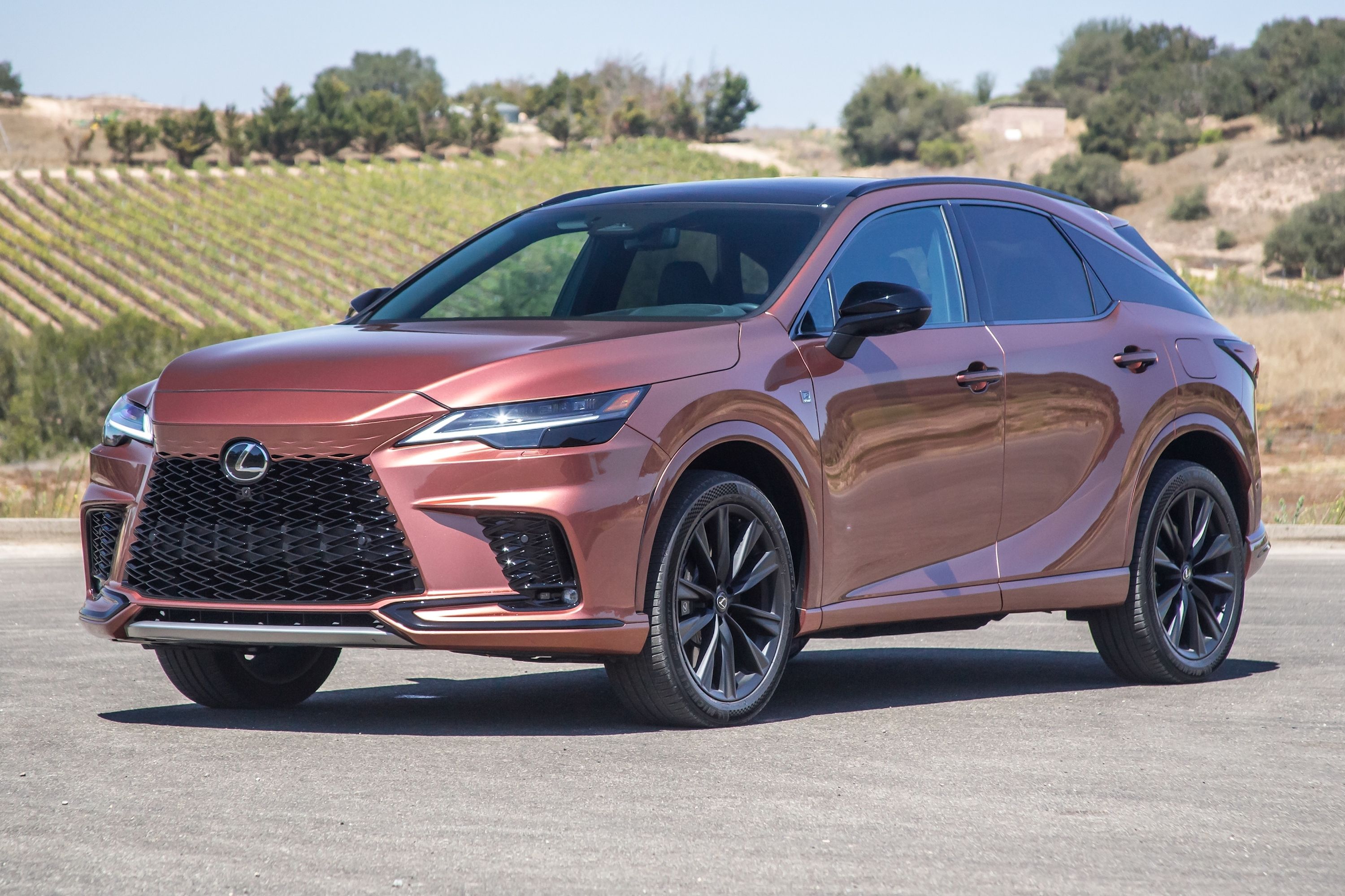
The fourth-generation Lexus RX and Lexus RX Hybrid have been on the market since 2015 and were just starting to feel dated next to other mid-size luxury SUVs. But Lexus stepped in with a much-needed facelift for the 2020 model year, improving about some of the RX's key weak points.
These changes apply to both the 350 and 450h variants as well as the F-Sport and L models. Lexus sent us a 2020 RX 350L to test for a week so we could evaluate how these 2020 changes stack up in the real world. Here is an overview of what's new for 2020 and how we feel about how these changes were implements.
Touchscreen & Android Auto
By far the most important addition to the RX for 2020 is a touchscreen infotainment system and Android Auto Integration. Aside from the GX, all Lexus models switched over to the company's Remote Touch Controller, which is tricky to operate and not as intuitive as other systems. The 2020 RX now has a touchscreen, which makes it easier to quickly access certain menus. Unfortunately, Lexus didn't make any changes to the user interface, so drivers will have to take their hands off the screen to switch menus using one of the buttons on the dash or the Remote Touch Controller, which is distracting.
On the plus side, Android Auto and Apple CarPlay now live together harmoniously, so you won't have to put up with the distracting Lexus UI. There's even a handy slot in the center console for your phone but the two USB ports located near it only handle charging. You'll have to route your cable into the center console armrest. Adding a touchscreen and Android Auto is a huge improvement for Lexus but the execution could have been much better.
Standard Lexus Safety System+ 2.0
For 2020, all RX models now include the Lexus Safety System+ 2.0 as standard. In addition to pre-collision avoidance, radar cruise control, lane departure alert, intelligent high beam control, road sign assist, and lane trace assist, the safety suite now includes daytime bicyclist detection and low-light pedestrian detection. Having all of these features as standard equipment helps the RX stand out over some of its European rivals that charge extra for safety technology.
Revised Styling & New Colors
While subtle, Lexus has added revised front and rear fascias across the RX lineup. There are new triple-beam LED headlamps as well as a new 18-inch wheel design that comes as standard, with 20-inch wheels available as an option. Both the new grille and the new headlights use an L motif, which looks interesting when viewed up close but does little to make the 2020 model look drastically different than the outgoing model.
Two new colors have been added to the RX's palette: Moonbeam Beige Metallic or Nori Green Pearl, the latter of which was applied to our tester. Nori Green was first used on the smaller Lexus UX, where we think it suits the angular design better than it does on the RX. This color is also available on the LC 500, where it is also more flattering. We think Nori Green itself is a pretty color, especially up close in the sunlight, but the RX is the wrong vehicle to show it off.
Handling Improvements
Lexus has made several improvements to the RX's driving dynamics, including lighter front and rear stabilizer bars, retuned shock absorbers, stiffer roll bars, and upgraded dampers. Lexus says the changes are supposed to make the RX feel sharper and more comfortable. While the latter seems to be true, we don't think the RX feels any more engaging to drive than it did before.
For the first time ever, the RX F-Sport is now available in two flavors. Buyers can choose to only have the visual upgrades of the F-Sport Package or they can opt for additional tuning with an active variable suspension, cold air intake, active sound control, and Electric Power Steering (EPS). We didn't have a chance to sample the updated RX F-Sport Package because it isn't available on the three-row L model.
